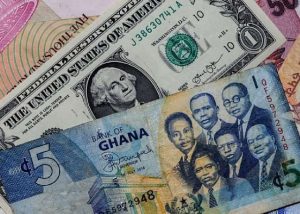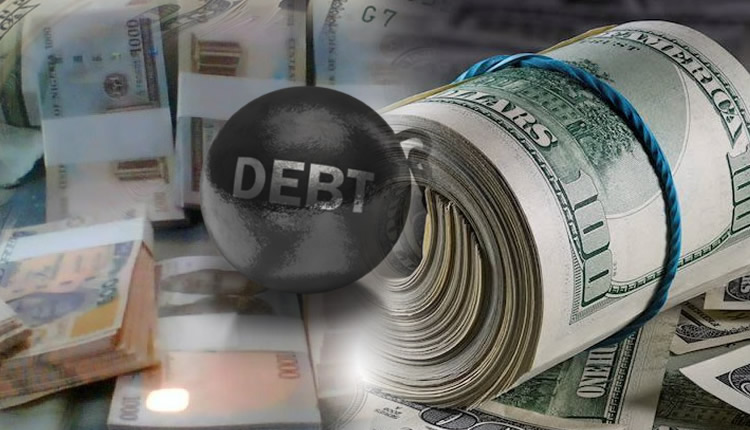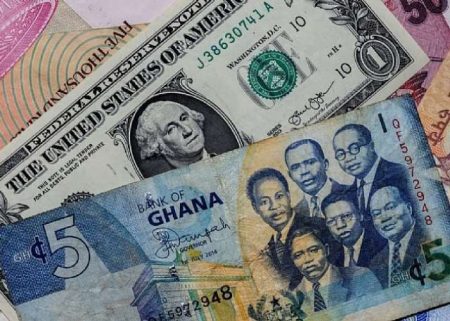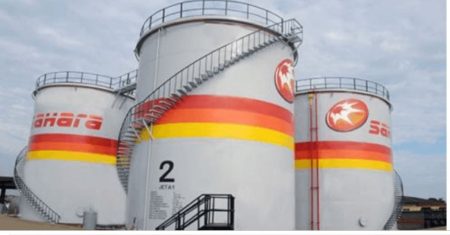Nigeria’s Debt Burden and Economic Outlook: A Balancing Act
Nigeria faces a complex economic landscape marked by a growing external debt burden alongside promising economic reforms. Fitch Ratings, in its latest assessment, projects a rise in Nigeria’s external debt service to $5.2 billion in 2025, up from $4.7 billion in 2024. This increase is primarily driven by substantial amortization payments, including a $1.1 billion Eurobond repayment due in November 2025. While this rise in debt service presents a challenge, Fitch’s upgrade of Nigeria’s long-term foreign-currency issuer default rating to ‘B’ from ‘B-‘, with a stable outlook, signals a degree of confidence in the country’s trajectory. This upgrade reflects the positive impact of ongoing reforms, including the removal of fuel subsidies, exchange rate liberalization, and a tighter monetary policy, which have enhanced policy credibility and resilience to external shocks. However, the rating agency cautions about significant risks associated with high-interest costs, weak revenue performance, and limited fiscal space.
A key concern revolves around Nigeria’s government revenue, which, despite expected growth, remains structurally low. Fitch projects general government revenue-to-GDP to average 13.3% in 2025-2026, leading to a high general government interest/revenue ratio exceeding 30%, and a staggering nearly 50% ratio for the federal government. This signifies that a substantial portion of government income is consumed by interest payments, leaving limited resources for crucial development expenditures and potentially exacerbating fiscal pressures. This dynamic underlies the importance of continued revenue mobilization efforts to address the country’s fiscal vulnerabilities. While the government’s commitment to reforms is acknowledged, the sustainability of these reforms and their effectiveness in boosting revenue generation remain crucial factors in shaping the country’s medium-term fiscal outlook.
Nigeria’s external reserves, despite a recent dip to $38 billion due to debt servicing, are projected to average five months of current external payments over the medium term, a level considered healthy compared to similar economies. This stability, combined with the positive impact of policy reforms on foreign exchange inflows and monetary stability, provides a buffer against external shocks. Fitch notes a significant increase in net official foreign exchange inflows and expects further formalization of foreign exchange activity to support the exchange rate, although some depreciation is anticipated in the short term. Inflation is projected to average 22% in 2025, indicating continued price pressures, albeit at a potentially moderating rate compared to previous periods. These factors highlight the ongoing efforts to stabilize macroeconomic conditions while acknowledging persistent inflationary pressures.
Fitch acknowledges the positive impact of recent policy reforms but emphasizes that risks to Nigeria’s external and fiscal position remain, particularly if oil prices fall or policy implementation falters. This dependence on oil prices underscores the vulnerability of the Nigerian economy to global commodity market fluctuations and the importance of diversification efforts. A prolonged period of low oil prices could significantly impact government revenue and exert pressure on the exchange rate, potentially leading to a current account deficit as highlighted by JP Morgan’s analysis. This scenario further emphasizes the need for continued structural reforms to reduce reliance on oil revenue and enhance the resilience of the economy to external shocks.
Data from the Central Bank of Nigeria and the Debt Management Office reveal the magnitude of Nigeria’s debt servicing burden. Between January 2024 and February 2025, Nigeria expended $5.47 billion on external debt servicing, while a staggering N13.12 trillion was spent on total debt servicing in 2024, surpassing the budgeted allocation of N12.3 trillion. This significant increase in debt service costs, coupled with the government’s allocation of N16 trillion for debt servicing in the 2025 budget, underscores the escalating pressure on fiscal sustainability. Rising borrowing costs and an increasing debt burden further complicate the situation, highlighting the need for prudent debt management strategies and sustained efforts to enhance revenue generation.
In conclusion, Nigeria navigates a complex economic landscape. While the ongoing economic reforms have yielded positive results, including an upgrade in its credit rating, the country faces substantial challenges related to a growing external debt burden, weak revenue performance, and dependence on volatile oil prices. The government’s commitment to reforms is commendable, but sustained implementation and focus on revenue mobilization are crucial to achieving long-term fiscal sustainability and mitigating the risks associated with rising debt service costs and potential external shocks. The projected increase in external debt service to $5.2 billion in 2025 necessitates continued vigilance and proactive measures to manage the debt burden effectively while strengthening the economy’s resilience. The balancing act between managing debt, fostering growth, and navigating external vulnerabilities remains a defining feature of Nigeria’s economic outlook.














